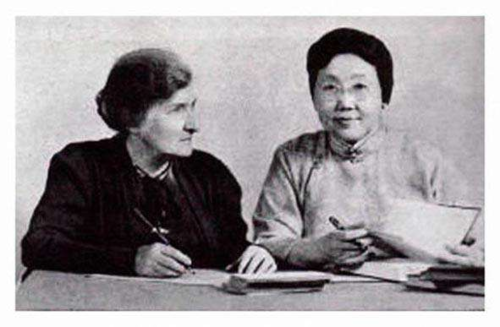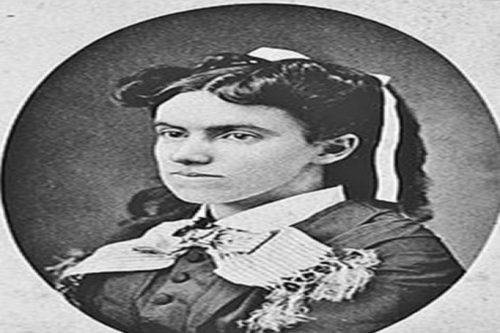The staff at China Christian Daily recently profiled ten pioneering Western female missionaries to China. These women and the Chinese with whom they served made significant contributions to missions work in China.
Ten Western Female Missionaries in China
Jennie V. Hughes and Shi Meiyu
A remarkable group of early female missionaries to China traveled across vast oceans to share the gospel. They also contributed a great deal to the development of science, education, culture, and health in China. Here is an introduction to ten early female missionaries to China.
Mary Ann Aldersey or Ai Desai: First Female Missionary to China
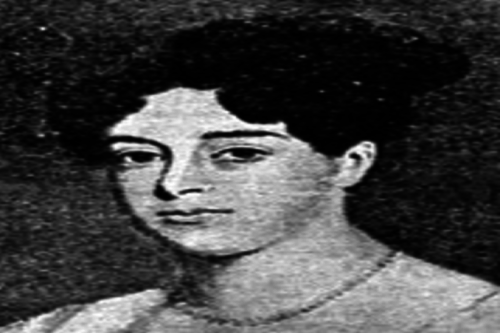
Mary Ann Aldersey
Mary was born into a well-off Puritan family in London in 1797. Influenced by early missionaries to China like Robert Morrison and David Abeel, she dreamed of going to China. In 1837, Mary came to Batavia (now Jakarta), Indonesia, for missions and founded a school for local Chinese girls.
After the Opium War when the treaty ports in China were opened, she was sent by the Society for Promotion of Female Education in India and the East to preach in Ningbo, becoming the first female missionary to China. She had a continuing burden for women's education. In 1844, she built what was most likely the first school for girls in China at Ningbo. She continued to work there for almost 20 years.
Gladys Aylward or Ai Weide: Mother of Orphans
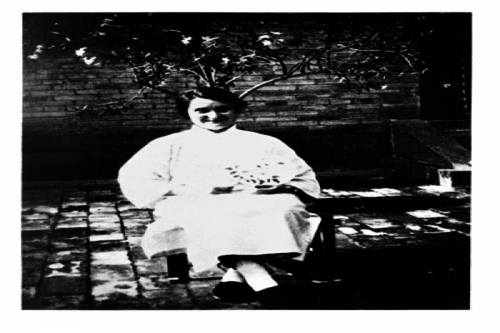
Gladys Aylward
Gladys Aylward was born in Edmonton, North London, in 1902. As a teenager, she worked as a housemaid to support her family. She came to China in 1930, sent by the China Inland Mission.[1] In 1936, she became a Chinese citizen.
During WWII many children in Shanxi Province lost their parents and became orphaned because of the Japanese invasion. Out of sympathy, Gladys established an orphanage where many orphans were adopted, raised, and educated. Four years later, the war situation in the region had so deteriorated that she decided to relocate the home and led the children to settle in Xi'an after a 385 km long journey.
She returned to China after World War II, but later moved to Taiwan after 1949. She founded the Gladys Aylward Children's Home in Taiwan and worked there until her death in 1970.
Mary Maria Andrews: Serving the Church in Zhejiang
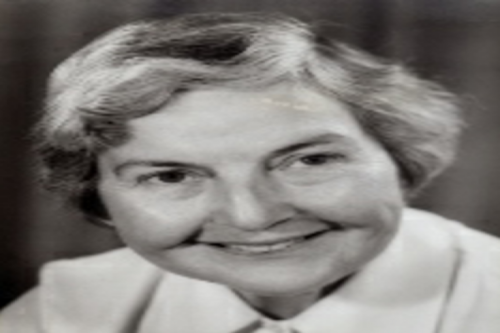
Mary Andrews
Mary Maria Andrews was born in New South Wales, Australia, in 1915. Hearing the testimony of Hudson Taylor at an early age, she wanted to be a missionary to China. Mary joined the Anglican Church and received theological and nursing training for future mission work in China.
On September 14, 1938, the 23-year-old sailed from Sydney to China. In spite of the danger of WWII, she went to preach in Zhejiang Province. The gospel spread fast and the number of converts grew. Aside from preaching, she also taught English and Bible in a school where she could reach students.
After the Reform and Opening Up [in the 1960s and 70s], Mary visited China multiple times and saw the revival of the Chinese church.
Mrs. Laurence Thurston: Founder of Ginling College
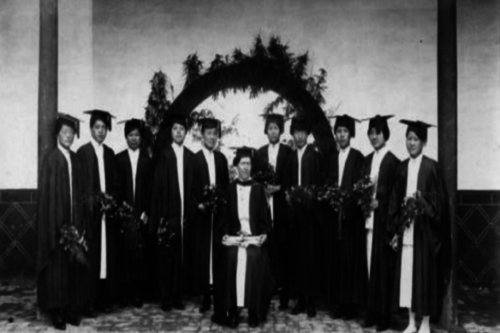
Mrs. Laurence Thurston
Matilda S. Calder was born on May 16, 1875, in Hartford, Connecticut. She married Rev. John Lawrence Thurston, one of the key founders of the Yale Foreign Missionary Society. Influenced by her husband, she also became a member of the society. The missionary couple arrived in China in 1902.
Shortly after their arrival her husband died. Yet, Mrs. Lawrence Thurston continued her service in China. In order to promote education for women, Lawrence worked with foreign missionary societies in China to co-establish Ginling College in Nanjing. Mrs. Thurston was elected as the first president on account of her solid educational background, rich life experience, and, in particular, her connections with American church universities.
She was in charge of school administrative affairs for 15 years. From 1919 to 1951, 999 women graduated from the college.
Margaret E. Barber: The Spiritual Counselor of Watchman Nee

Margaret E. Barber
Margaret E. Barber was born to a wheel repairman's family in Peasenhall, Suffolk, England, in 1866. In 1895, Margaret joined the Church Missionary Society (C.M.S.) and arrived in Fuzhou Province the next year. Due to a conflict with the church, she left China. She came under the influence of the Plymouth Brethren and the pietism of Rev. David Morrison Panton.
Without any mission support, she returned to China in 1911 and rented a house for preaching at the Pagoda Anchorage. In the 1920s, a great number of young Chinese Christians visited her, including Watchman Nee. Due in large part to her influence, Nee ascribed to the precept, “pursue the spiritual life,” which he instilled in his local churches and that many of his followers still pursue today. Although this kind of theology brought about some negative impacts like anti-rationalism and legalism, a number of believers experienced life transformation.
Jennie V. Hughes: A Great Contributor to China's Evangelism
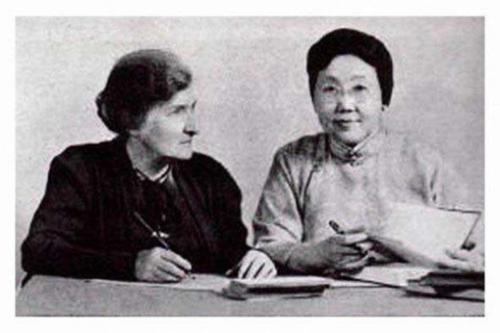
Jennie V. Hughes
Born to a missionary family in New Jersey in 1874, Jennie V. Hughes was sent by the Methodist Church in 1905 to do mission work in China. She met Doctor Mary Stone, known as Shi Meiyu, in Jiujiang, who became her life-long co-worker. As conservatives, they left the Methodist Church where liberal theology dominated and founded Bethel Mission of China.
The Bethel Mission developed a hospital, elementary and secondary schools, a theological training institute, two nursing schools, an orphanage, a printing service, and dormitories for faculty and students. The mission also organized the Bethel Bands, the largest evangelism organization in China, of which John Sung and Ji Zhiwen were the core leaders. The Bands trained many of God's servants who led many overseas Chinese to convert to Christianity.
Lottie Moon: Devoted Her Life to Helping Famine Victims
Lottie Moon
Born to a well-off American family in 1840, Lottie Moon was a polyglot and the first female postgraduate in the Southern United States. She came to Dengzhou, Shandong, in December 1873 when it was the worst year of famine in North China. Her first sight of people dying of starvation on the street invoked a strong sense of compassion in her. She gave everything she had to help victims and asked her family and friends for donations.
Apart from preaching and running a school, she was active in famine relief in Shandong. In the spring of 1912, a famine struck Pingdu, Qingdao. Lottie took all her life savings and food and shared them with famine victims, but as a result, her health was badly damaged and her body withered away to 50 pounds. On December 1, she took to bed from sheer hunger. She was sent back to the US by the Southern Baptist Convention. When the ship passed by the Port of Kobe, Japan, she died because of chronic malnourishment.
Annie Skau Berntsen: A Lifelong Medical Missionary
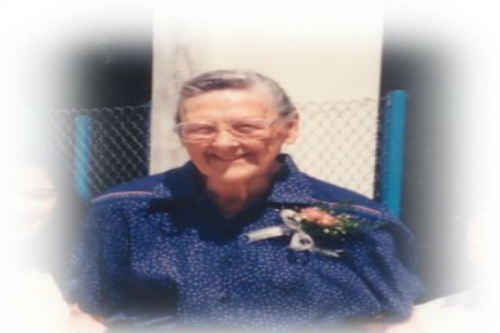
Annie Skau Berntsen
Born in the small town of Horten, South Norway, in 1911, Annie Skau Berntsen knew early her calling as a missionary to China. In 1937 she resigned her job and received training for missionary work. Sent by the China Inland Mission, Annie arrived in Shaanxi in 1938. During hard times, she went through thick and thin together with locals and fostered enduring friendships with them. She worked as a nurse and also opened a school. Even today her stories are told by the local people.
She was forced to leave China in 1951. Two years later, she was sent again to set up a sanatorium for pulmonary diseases and a church in Hong Kong. In 1963, she received the Florence Nightingale Medal as a reward for her extraordinary contributions in health services, social service, and evangelism.
Pearl S. Buck: Nobel Prize Winner and Lover of Chinese Culture
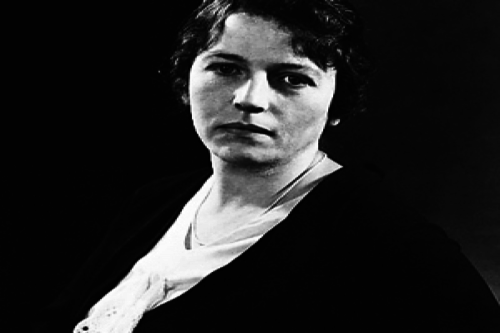
Pearl S. Buck
Pearl S. Buck grew up in Zhenjiang with her missionary parents holding profound feelings for China. She taught religion and English at the University of Nanjing but was more well-known for her literary career.
Her novel The Good Earth was her representative work that depicted an image of hardworking and unadorned Chinese peasants. It won her the Nobel Prize for Literature in 1938, "for her rich and truly epic descriptions of peasant life in China and for her biographical masterpieces."
Regarding missionary work, there was a great deal of conceptual conflict between her and the American Southern Presbyterian Mission. Protesting that oral preaching was hard for Chinese people to accept the gospel, she advocated that "Christians should offer services to Chinese people such as education, medical treatment, and hygiene.” Pearl served as a missionary in China from 1914 to 1932.
Laura M. White: A Backbone in Literature Ministry
Born in the US in 1867, Laura M. White became the president of Nanjing Huiwen Girls' Middle School. Later, she was invited by Timothy Richard to be the editor-in-chief for the missionary journal The Women's Messenger from 1912 to 1929. The journal covered the issues of the gospel, family ethics, women’s liberation, popular science, and other social issues. Scholars note the journal was well-received for acknowledging the status of women.
Laura also wrote and translated 18 novels, integrating evangelism and female education with childhood education. While introducing western female consciousness and education ideas into China, she promoted the spreading of Chinese culture in western countries. She was considered a backbone in literature ministry and an envoy for Chinese and Western cultural exchanges.
